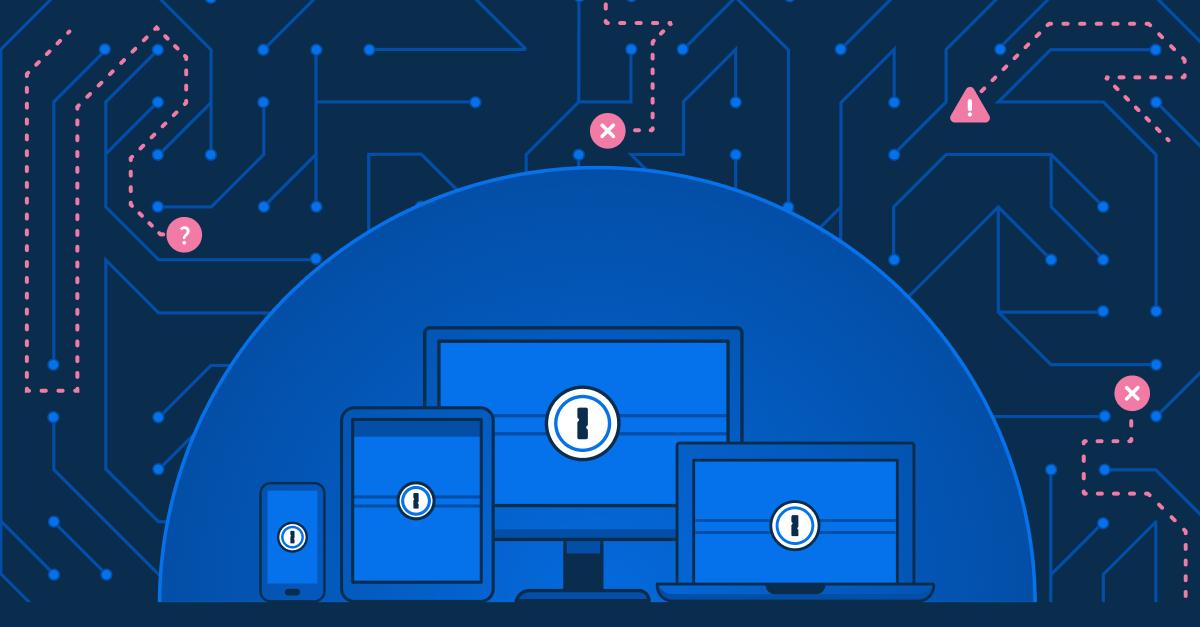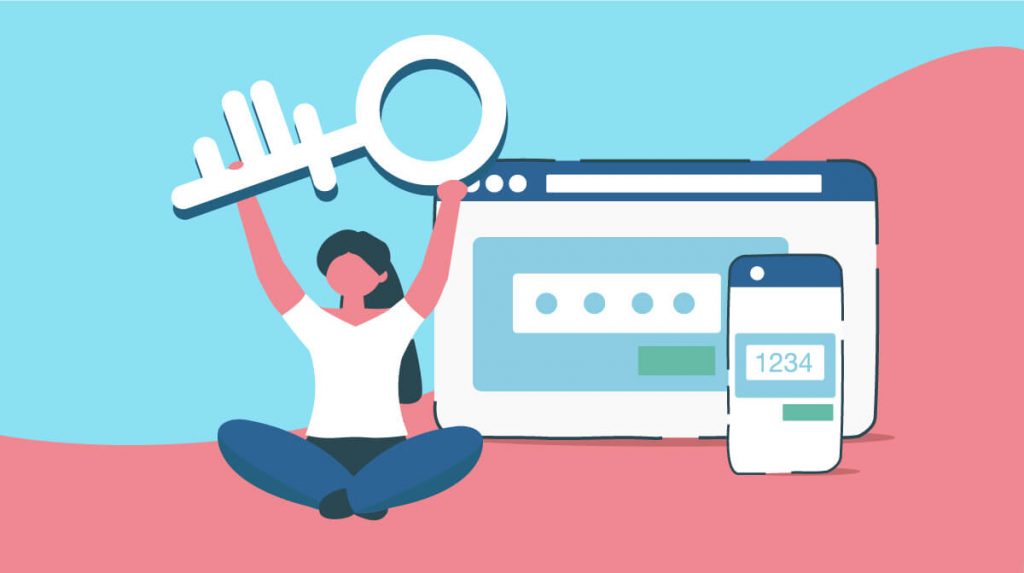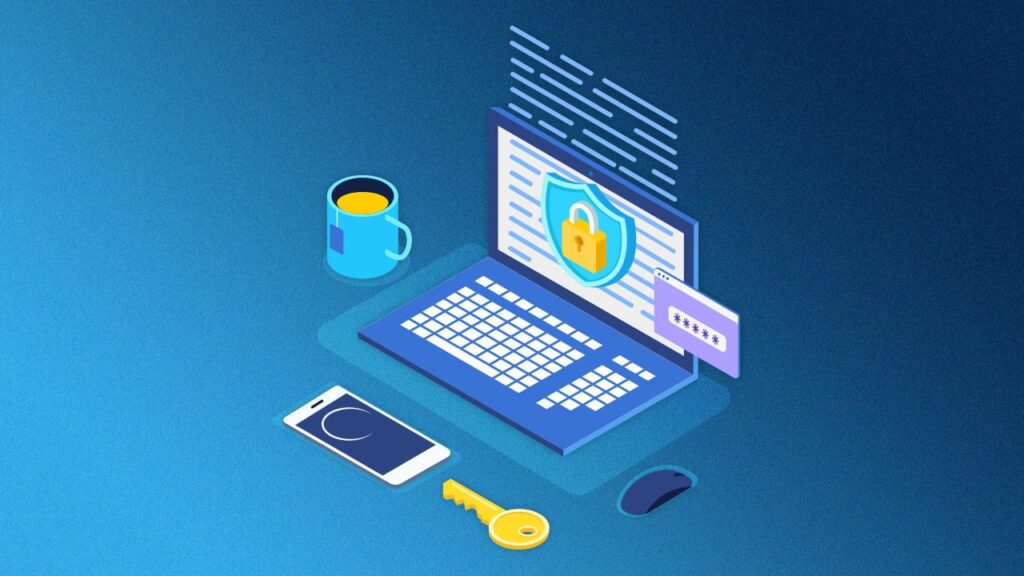
In the digital age, our personal and professional lives are increasingly intertwined with the internet. From social media to online banking, we share vast amounts of data online. While this connectivity offers immense convenience, it also poses significant risks to our privacy and security. Cyber threats such as hacking, phishing, and identity theft are prevalent, making it crucial to protect our online data. This beginner’s guide will walk you through essential steps to secure your data online.
1. Understand the Importance of Strong Passwords
One of the most fundamental steps in securing your data online is creating strong passwords. Many people still use simple, easily guessable passwords like “password123” or “qwerty.” Such passwords can be cracked in seconds by hackers. Here are some tips for creating robust passwords:
- Length and Complexity: A strong password should be at least 12 characters long and include a mix of uppercase and lowercase letters, numbers, and special characters.
- Avoid Common Words and Phrases: Do not use easily guessable information such as your name, birthdate, or common words.
- Use a Password Manager: Remembering multiple complex passwords can be challenging. A password manager can generate and store strong, unique passwords for each of your accounts.
2. Enable Two-Factor Authentication (2FA)

Two-factor authentication adds an extra layer of security to your online accounts. With 2FA, even if someone manages to obtain your password, they would still need a second form of verification to access your account. This second factor can be a text message code, an email, or a biometric verification like a fingerprint.
3. Be Wary of Phishing Attacks
Phishing is a common tactic used by cybercriminals to trick you into giving away your personal information. Phishing attacks often come in the form of emails or messages that appear to be from legitimate sources, such as your bank or a well-known company. To avoid falling victim to phishing:
- Check the Sender’s Email Address: Phishing emails often come from addresses that look similar to legitimate ones but have slight differences.
- Look for Grammatical Errors: Many phishing emails contain spelling and grammatical mistakes.
- Do Not Click on Suspicious Links: Hover over links to see the actual URL before clicking. If something looks off, do not click on it.
- Verify the Source: If you receive an unexpected email from a known company, contact them directly through their official website or customer service number to verify the message’s authenticity.
4. Use Secure Networks
Public Wi-Fi networks are convenient but can be insecure. Hackers can easily intercept data transmitted over unsecured networks. To protect your data:
- Avoid Accessing Sensitive Information: Do not log into bank accounts or enter sensitive information when connected to public Wi-Fi.
- Use a VPN: A Virtual Private Network (VPN) encrypts your internet connection, making it difficult for hackers to intercept your data. Always use a VPN when accessing public Wi-Fi.
5. Keep Your Software Updated
Software updates often include security patches that fix vulnerabilities. Cybercriminals exploit these vulnerabilities to gain access to your data. Ensure that your operating system, browsers, and applications are always up-to-date. Enable automatic updates whenever possible.
6. Secure Your Devices
Physical security is just as important as digital security. Here are some tips to protect your devices:
- Use Strong Passwords or Biometrics: Protect your devices with strong passwords or biometric authentication (fingerprint or facial recognition).
- Encrypt Your Data: Encryption converts your data into a code to prevent unauthorized access. Use full-disk encryption tools to protect sensitive data on your devices.
- Enable Remote Wipe: In case your device is lost or stolen, a remote wipe feature allows you to erase all data on the device remotely.
7. Back Up Your Data
Regularly backing up your data ensures that you can recover your information in case of a cyber attack or hardware failure. Use multiple backup methods:
- External Hard Drives: Store backups on external hard drives and keep them in a secure location.
- Cloud Storage: Use reputable cloud storage services that offer encryption and security features.
8. Be Mindful of What You Share

Social media platforms encourage sharing, but oversharing can put your data at risk. Avoid posting sensitive information such as your address, phone number, or travel plans. Adjust your privacy settings to control who can see your posts and personal information.
9. Educate Yourself and Stay Informed
Cybersecurity threats are constantly evolving. Stay informed about the latest security trends and threats by following reputable sources such as cybersecurity blogs, news websites, and official advisories from organizations like the Cybersecurity and Infrastructure Security Agency (CISA).
10. Use Reliable Security Software
Invest in reliable antivirus and anti-malware software to protect your devices from malicious attacks. Ensure that your security software is regularly updated and run scans frequently to detect and remove threats.
Securing your data online requires a proactive approach and an understanding of potential risks. By following these basic guidelines, you can significantly reduce the likelihood of falling victim to cyber threats. Remember that cybersecurity is an ongoing process, and staying vigilant is key to protecting your personal information in the digital world. Implement these strategies today to safeguard your online presence and enjoy the benefits of the internet with peace of mind.

